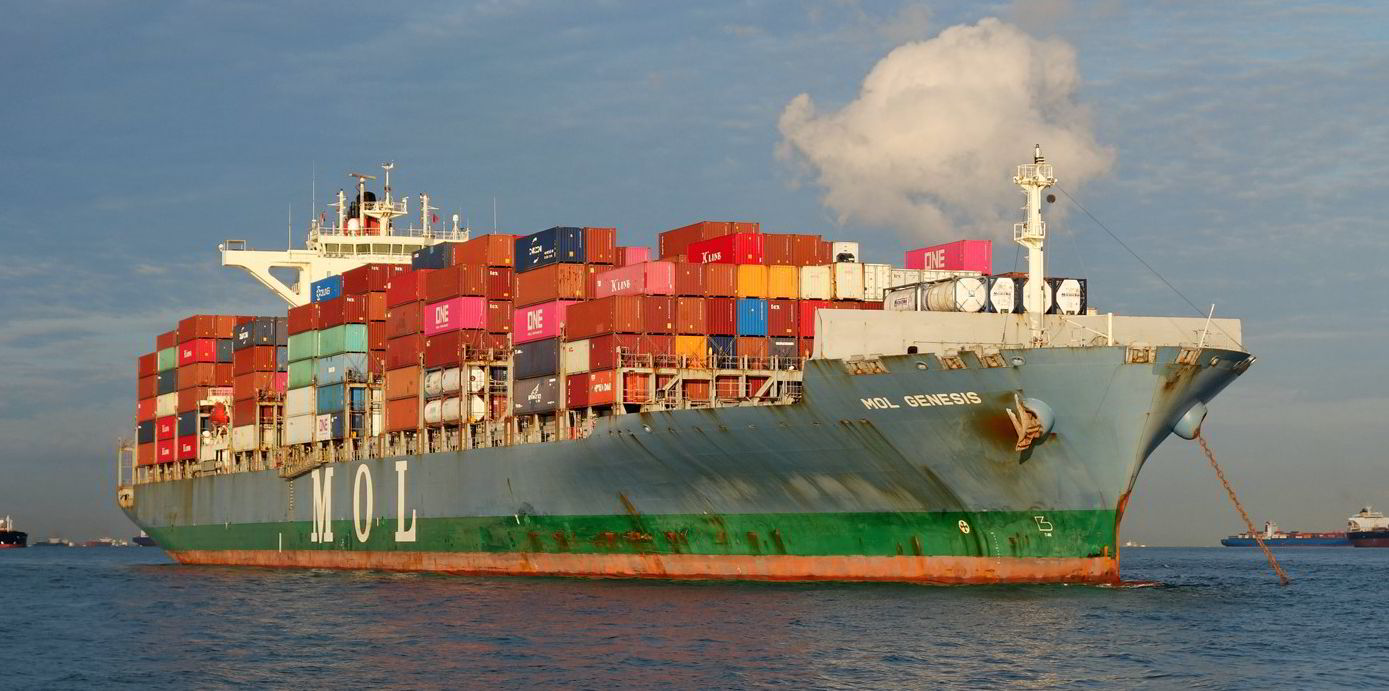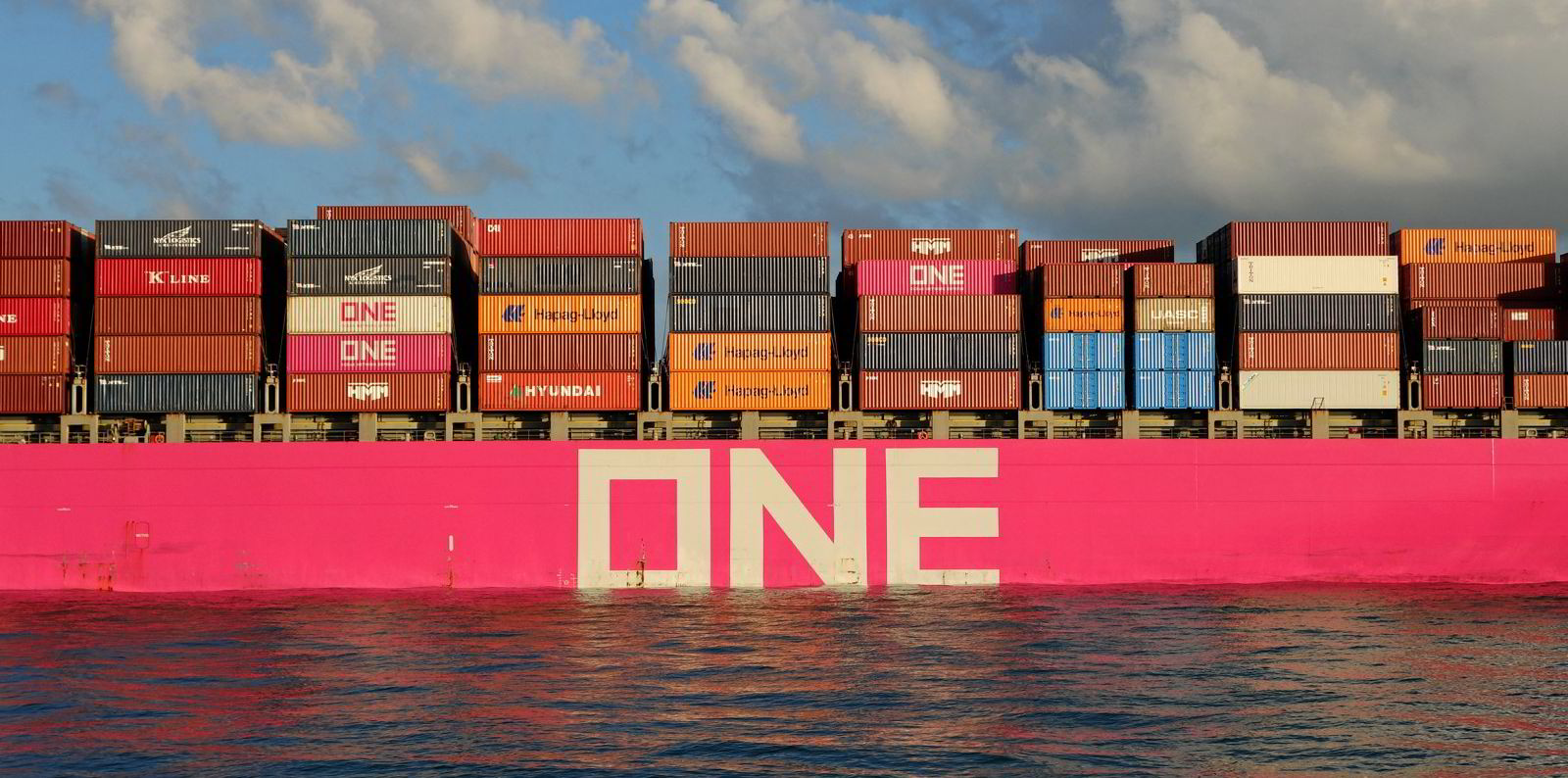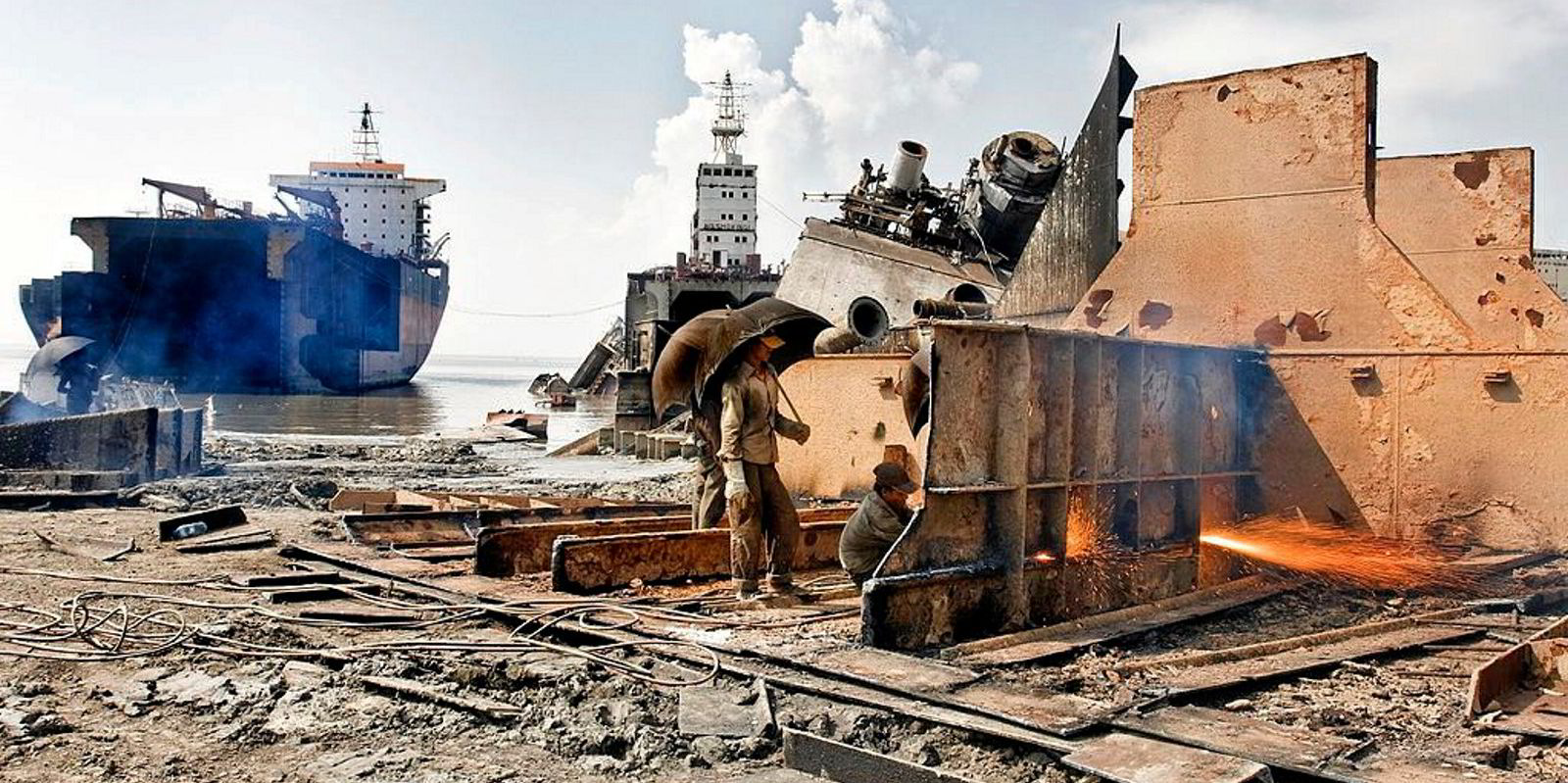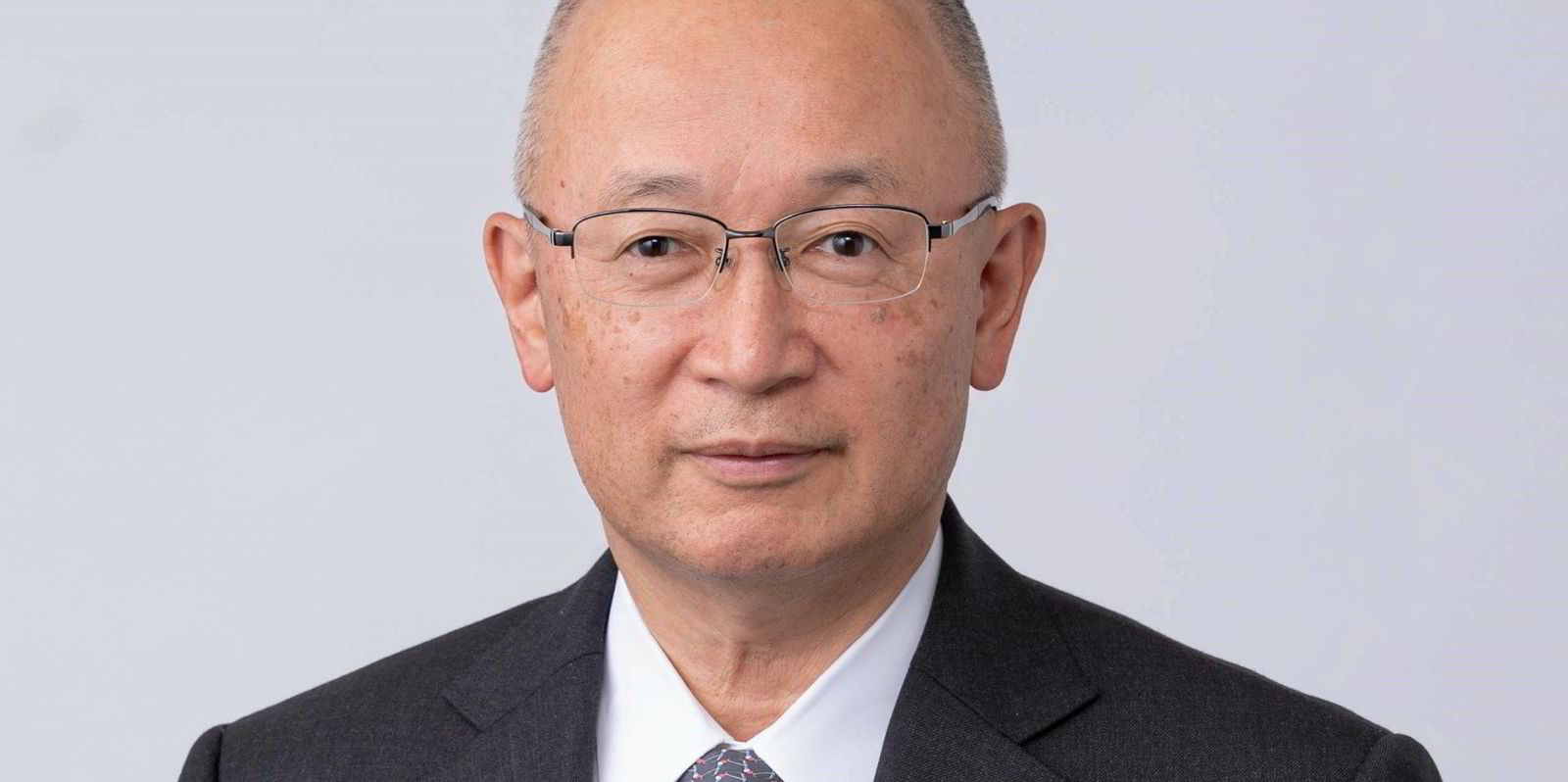Ocean Network Express (ONE) chief executive Jeremy Nixon expects the container market to reach equilibrium in 2023, claiming the steady decline in rates is a result of demand dropping faster than supply can be adjusted.
However, ONE’s profit forecast for the next two quarters predicts some painful months ahead for the box sector.
On Monday, ONE reported a profit of $5.52bn on revenue of $9.37bn for the second quarter of its 2022 financial year, which ended on 30 September. These figures are similar to the first quarter.
During the first half of its 2022 financial year, the Japanese-owned, Singapore-headquartered liner giant brought in a total profit of $11bn on revenue of $18.39bn, a 67% increase from the $6.76bn profit in the first half of 2021.
ONE noted that despite the sudden decline in transport demand that began in August and September, freight rates remained higher throughout the second quarter than the same period last year.
It predicts that, compared with the first half of the year, profits will plummet by almost 62% to $4.24bn on reduced revenues of $11.53bn in the second half. In short, the revenue it expects to bring in during the second half is about the same as the profit it earned during the first half.
Nixon blamed the deteriorating market conditions plaguing the liner sector on the global economy continuing to come under pressure from high energy costs, rising interest rates and inflation, while at the same time supply chain bottlenecks are still affecting some geographies and industry sectors.
“A case in point is the latest Ningbo city lockdowns in China and continued inland rail congestion in the US. Overall though, inland and port logistics fluidity continue to improve,” he said.
“Consumer confidence is, however, more subdued, and some retailers have reduced their current purchase orders whilst sitting on higher levels of inventory.”
Nixon added that October is structurally a relatively weak month because of Golden Week holidays in China that, together with the wider weaker confidence in consumer sales, led to a drop in booking demand across a number of key trade lanes.
“This has led to a sharp correction in spot market rates, due to overall demand dropping quicker than the market can adjust supply side capacity,” he said.
On a more positive note, Nixon expects this situation to change over the next quarter as the market moves back closer to equilibrium, albeit at lower market volumes and rate levels compared with this time last year.
“Inevitably surplus inventories will need to get cleared out to accommodate the influx of seasonal specific commodities and purchase orders for the next calendar year,” he said.
During the first half of its financial year, ONE signed contracts for 10 VLCC newbuildings of around 13,700 teu each with Hyundai Heavy Industries and Nihon Shipyard. These vessels are to be delivered in 2025.
In addition, the company took delivery of two long-term chartered 12,000-teu newbuildings.
MOL impact

ONE is jointly owned by Mitsui OSK Lines, K Line and NYK Line. The impact of its strong second quarter was positively felt on MOL’s second quarter, the results of which were also announced on Monday.
The Japanese shipping conglomerate reported a strong second-quarter net profit of ¥315.7bn ($2.13bn), of which ONE contributed ¥260.3bn.
MOL earned a net profit of ¥601bn during the first half of its financial year, beating its previous forecast of ¥500bn. Of that amount, ¥494.6bn was contributed by ONE.
In other market segments, MOL said that while the capesize bulker segment “did not meet the previous forecast announced at the end of July, reflecting the deteriorated market”, overall profit increased from the first half of the previous fiscal year, supported by the profit from medium to long-term contracts.
Profits also increased in the smaller bulker, woodchip carrier, car carrier, crude and product tanker, terminal and logistics, ferry and cruise segments due to favourable market conditions such as strong cargo demand, the lifting of Covid-19 restrictions and an increase in tonne-miles for tankers because of the sanctions on Russian oil.
ONE’s downward forecast for its second half saw MOL reduce its second-half forecast from ¥200bn to ¥188.5bn.







